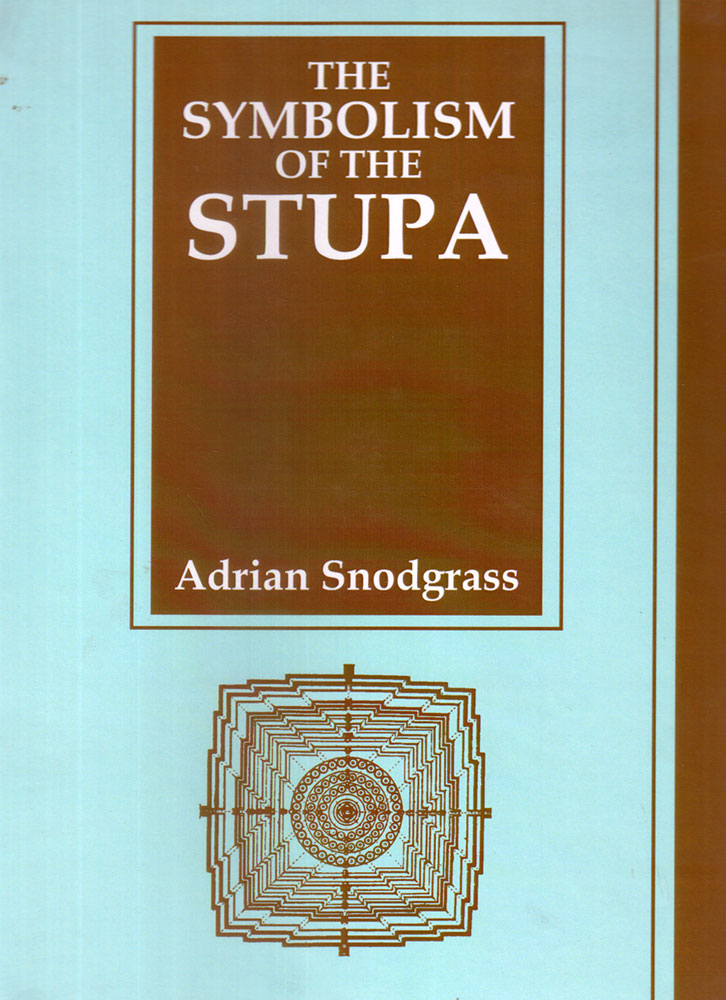The Symbolism of the Stupa
The Symbolism of the Stupa - Paperback is backordered and will ship as soon as it is back in stock.
Couldn't load pickup availability
In his preface to The Symbolism of the Stupa Prof. Craig Reynolds writes "The stupa is a symbolic form that pullulates throghout South Southeast and East Asia. In its Indian manifestations it is an extreme case in terms of architectural function: it has no usablehas a basic simplicity. In this state of the art' studt Adrian Snodrass reads the stupa as a cultural artifact. The mounment concretizes metaphyswical principles and generates multivalent meanings in ways that can be articulated with literary texts and other architectural forms."
This study analyses a pattern of interrelated meanings generated by the form of the stupa. It does so by reference to myth, to ritual and to doctrine, viewing the architectural form from within the conceptual framework of the tradition to which it belongs. This approach involves questions of aim and methodology.
A deeper understanding of a symbol is gained by studying the grid or net formed by its symbolic homologues.The pattern ofmeaning that emerges from the juxtaposition of cognate symbols does not exhaust the significance of the symbol, which is ultimately beyond worlds, but it reinforces its intimations, indicating a logical cohesion and integrity which in itself is an intimation of the all-pervasiveness of Principle. It is precisely this pattern of inter-reflection or symbols that this study attempts to delineate. By bringing together cognate symbols in apposition, it attempts to mark out the field of symbolic interactions which the stupa generates.
Review(s)
About the Author(s)
Dr. Adrian Snodgrass is an Australian architect with a lifetime interest in Asian culture. At the age of twenty-five he went to Sri Lanka and India where he lived and studied aspects of Buddhism and Indian thought, art and religion for more than six years.He then spent seven years in Japan where he studied forms of Far Eastern Buddhism .
-
Pages
-
Edition
-
Size
-
Condition
-
Language
-
Weight (kg)
-
Publication Year
-
Country of Origin
-
Territorial Rights
-
Reading Age
-
HSN Code
-
Publisher




